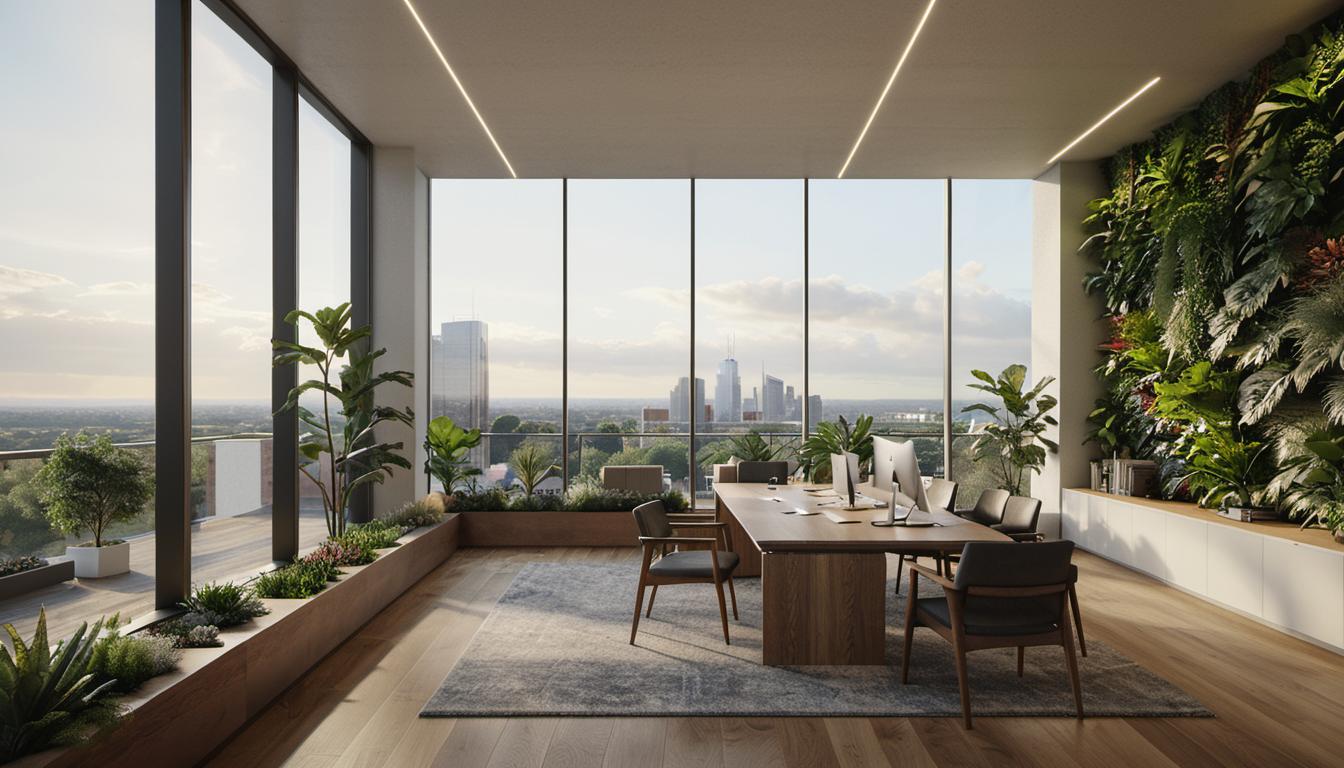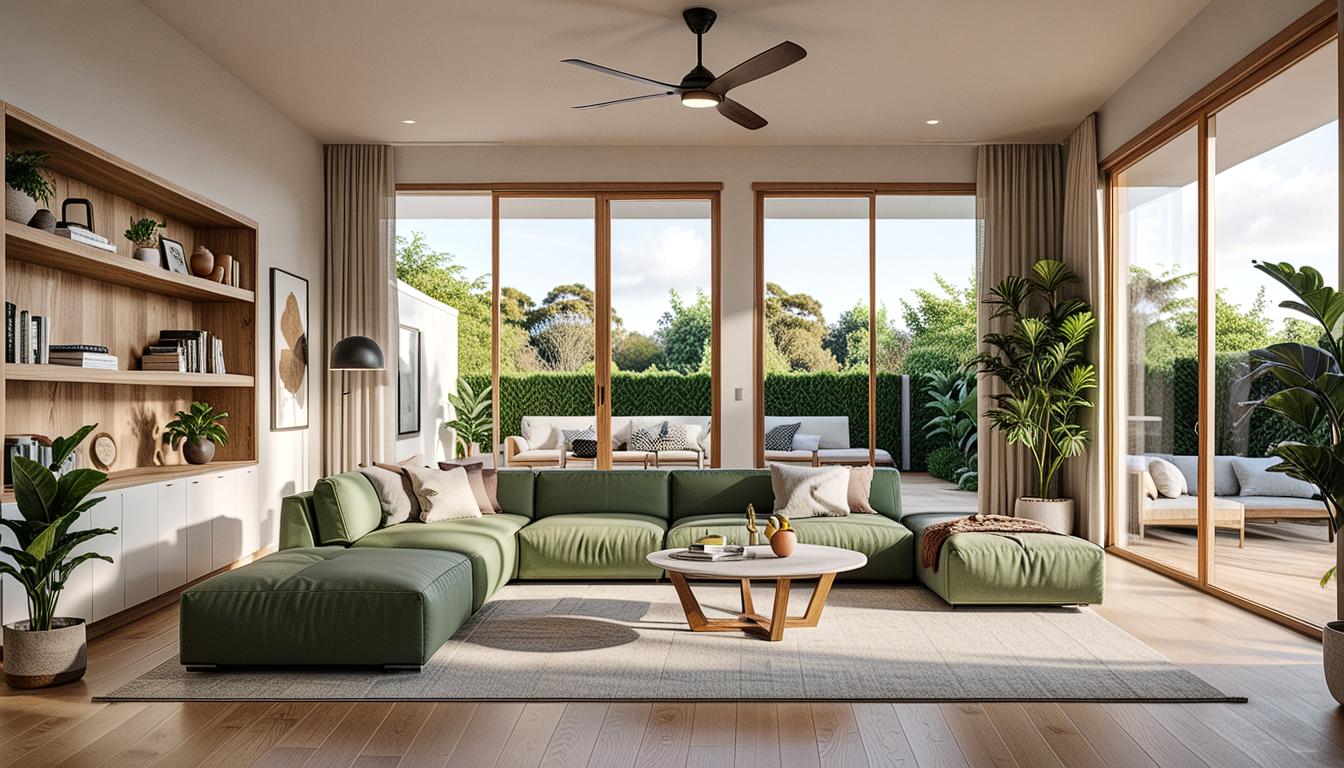An Introduction to ChatGPT in Architecture
ChatGPT, an AI-powered entity, is making significant strides in the field of architecture. It excels as a digital collaborator in the design process, interpreting user requirements and generating preliminary architectural concepts. AI platforms like ChatGPT possess the power to automate up to 37% of architects’ routine tasks, giving professionals freedom to focus on more complex and creative aspects of their work.
ChatGPT’s Role in Architectural Design
In comparison to traditional methods, ChatGPT changes the game by acting as an invaluable contributor in the design process. With access to accumulated data on architectural styles and user preferences, ChatGPT crafts initial design concepts, akin to a brainstorming session. Essentially, it generates a starting point for design without any preconceived prejudices or judgments.
ChatGPT as an Aid, Not a Substitute
Architecture goes beyond mere geometry; it’s a blending of emotion and human experience. While ChatGPT brings a fresh perspective to the design process, it doesn’t negate the need for human architects. Rather, it positions itself as a facilitator, enhancing the creative journey architects undertake when designing.
Re-approaching Architectural Processes with ChatGPT
Contrasted with the manual, slower architectural processes of old, ChatGPT introduces data analysis at high speeds, offering real-time capabilities. It’s designed to comprehend user inputs, discern patterns, and apply its expansive knowledge base to generate preliminary designs. For instance, mentioning “sustainable design” prompts ChatGPT to consider factors like local climate, cultural preferences, and energy consumption patterns for forming design insights.
Boosting Creativity with Advanced Technology
The merger of AI with architecture heralds a new era of design potential and innovation. AI doesn’t aim to replace architects but plans to shape their work routine. This extends beyond creating designs to managing AI-driven processes, forming a noteworthy change for architects.
The Potential Future of AI in Architecture
AI undoubtedly harbors a potential far-reaching impact on architecture with propositions including: delivering design options based on various criteria, executing site analysis, improving design visualizations, aiding in application development, boosting energy efficiency, and aiding in various project managements tasks. Professionals in architecture must keep their skills and knowledge up-to-date to maintain their competitiveness in this digital age.
AI’s Long-term Influence on Architecture
According to ChatGPT, continuous advancements in AI could put certain architectural jobs at risk. Professionals are cautioned not to ignore the potential repercussions of AI. It’s critical to assess the impact of such technologies on the architecture industry and beyond. With AI becoming increasingly disruptive, there are vital considerations linked to its influence on various professions.
ChatGPT’s Position in Architectural Design: Answering FAQs
Q1: What role does ChatGPT play in the architectural design process?
As a collaborator, ChatGPT interprets user inputs and uses vast datasets to generate preliminary architectural sketches.
Q2: Can AI like ChatGPT replace human architects entirely?
While AI brings unique capabilities, it can’t take over the emotive and experiential aspects of architecture – a domain where human architects shine.
Q3: How does ChatGPT interpret and generate initial architectural concepts?
ChatGPT ‘comprehends’ user inputs, discerns patterns and applies this learning to form preliminary designs.
Q4: What is the impact of AI on traditional architectural jobs?
AI technologies like ChatGPT aim to change the way architects work, not take away jobs. The focus is to reduce routine tasks and enhance architects’ creativity.
Q5: What are the potential future uses of AI in architectural design?
AI could contribute in areas like drafting design options, conducting site analysis, improving design visualization, aiding in application coding, enhancing energy efficiency, and aiding in project management.
A Final Perspective
AI’s influence in architecture is undeniable, sparking new methods and opportunities in design. While it brings changes to architects’ roles, it doesn’t undermine the importance of human presence in the process. The fusion of technology and architecture paints an exciting and innovative future for the field. With tools like ChatGPT, the possibilities are limitless.






